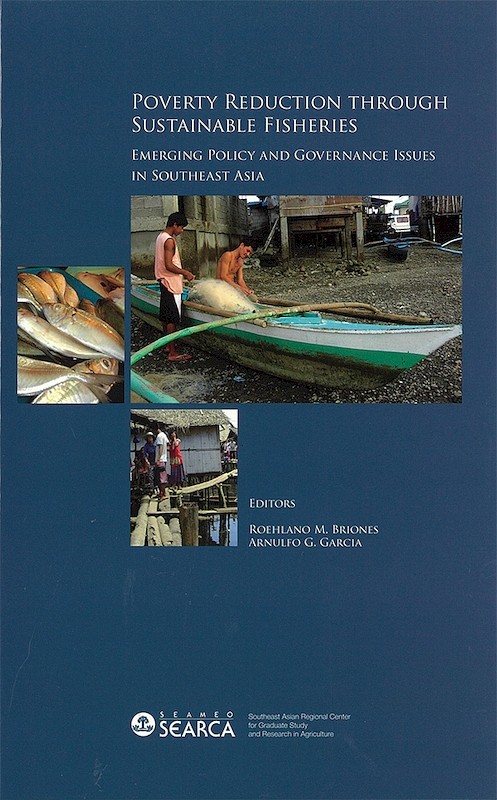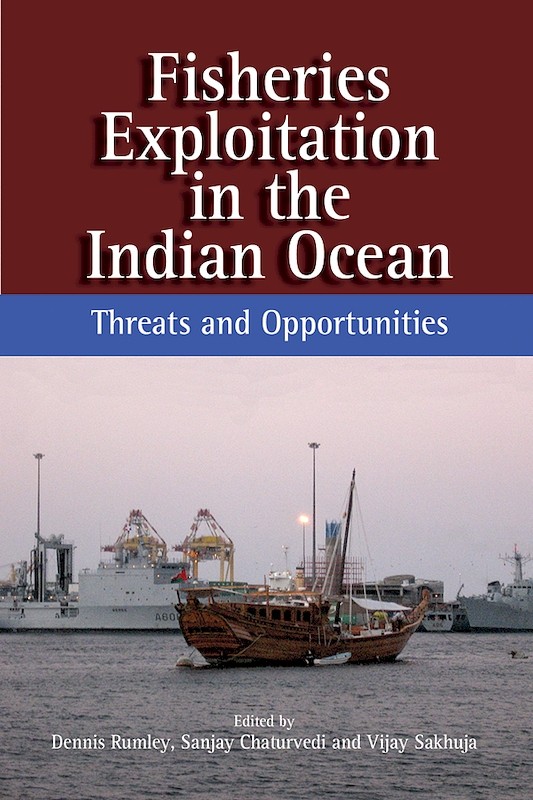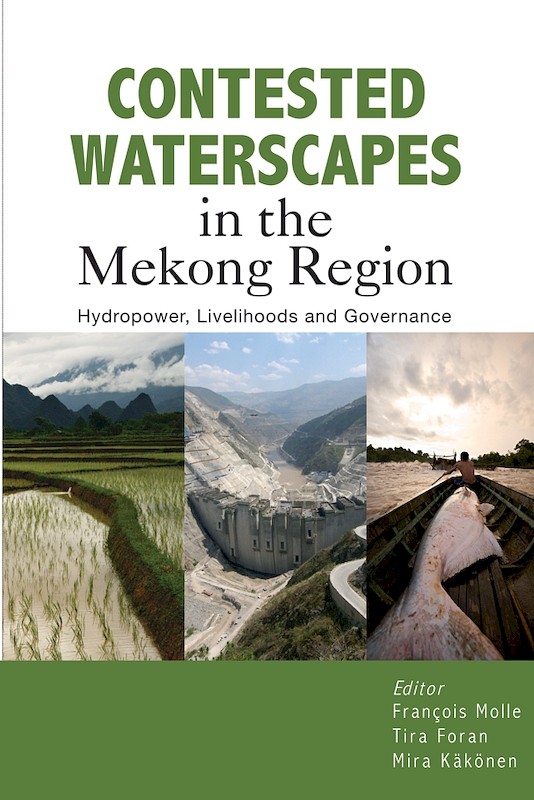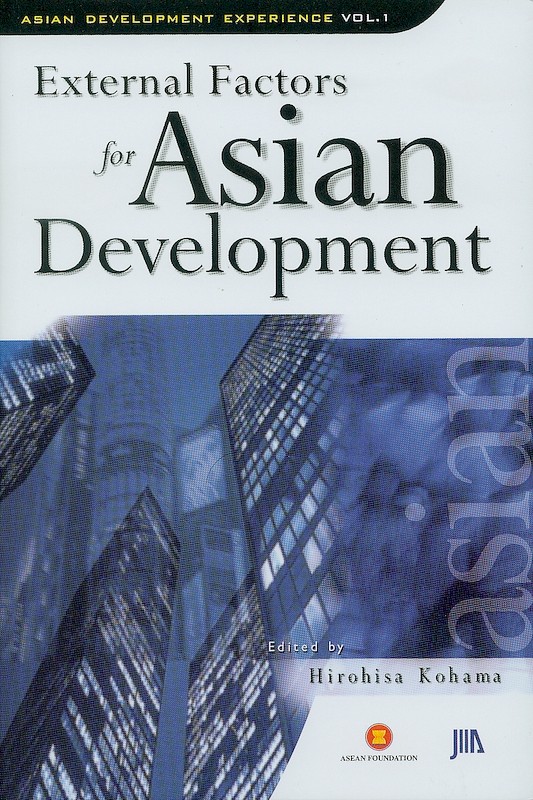Poverty Reduction through Sustainable Fisheries: Emerging Policy and Governance Issues in Southeast Asia

Reviews
"Perhaps for no other region in the world are fisheries, both inland (freshwater) and marine, as important as for Southeast Asia. Whereas global fish production increased annually by 1.7% between 2000 and 2004, production in Southeast Asia increased by 5.7%. Much of this increase can be attributed to the world trade in fish, with fish exports increasing at an annual rate of 6.6% globally. Fish is also important domestically within Southeast Asia. It comprises a high proportion of people's animal protein intake. Future growth in production, however, is threatened by excessive harvesting effort, pollution and habitat destruction. It is now widely accepted that most near-shore marine fisheries in Southeast Asia are over-fished. Despite the sector's importance, studies discussing the broad economic significance of Southeast Asia's fisheries are few and far between, and those that do exist are mainly in the form of national or regional project reports. This edited volume commissioned by the Southeast Asian Regional Center for Graduate Study and Research in Agriculture (SEARCA) is a welcome addition to address this gap. The book covers the entire circular flow of production and consumption in fisheries, from fishing households, markets and trade to production technology, the supply chain and the governance of both inland and marine fishery resources" (Bulletin of Indonesian Economic Studies).
About the publication
- Dr Meryl Williams, Chair of the Commission of the Australian Centre for International Agricultural Research
Co-publication: ISEAS / SEARCA
ISEAS / SEARCA
Contents
-
Poverty Reduction through Sustainable Fisheries: Emerging Policy and Governance Issues in Southeast Asia
[Whole Publication, ISBN: 9789812308832] -
Preliminary pages
-
1. Introduction and Synthesis, by Roehlano M Briones, Arnulfo G Garcia, authors
-
2. Fish and the Poor, by Robert Arthur, Natasja Sheriff, authors
-
3. Fish and the Poor: The Case of Cambodia, by Nao Thuok, Lieng Sopha, authors
-
4. Changing Demand and Supply Structure of Fish in Asia: Past Trends and Future Projections, by Madan M Dey, author
-
5. Regional Economic Integration of the Fisheries Sector in ASEAN Countries, by Robert Pomeroy, Yolanda T Garcia, Madan M Dey, Len R Garces, authors
-
6. Technology Policies for Capture Fisheries and Aquaculture in Southeast Asia, by Pongpat Boonchuwong, Patricia Casal, authors
-
7. The Status, Current Trends and Future Directions for Production and Technology of Fisheries in Southeast Asia, by Rafael D Guerrero, author
-
8. The Seafood Supply Chain and Poverty Reduction, by Run Yu, Lotus E Kam, PingSun Leung, authors
-
9. Strategy for the Empowerment of Aquaculture Fish Farmers in Indonesia, by Anto Sunaryanto, Reza Shah Pahlevi, authors
-
10. Status of Coastal and Marine Resources: Implications for Fisheries Management and Poverty in Southeast Asia, by Alan T White, author
-
11. Property Rights and Institutional Arrangements in Southeast Asian Fisheries, by Rebecca Metzner, author
-
12. Regional Cooperation in Aquatic Resource Management for Southeast Asia, by Roehlano M Briones, Mahfuzuddin Ahmed, Roberta V Gerpacio, authors






